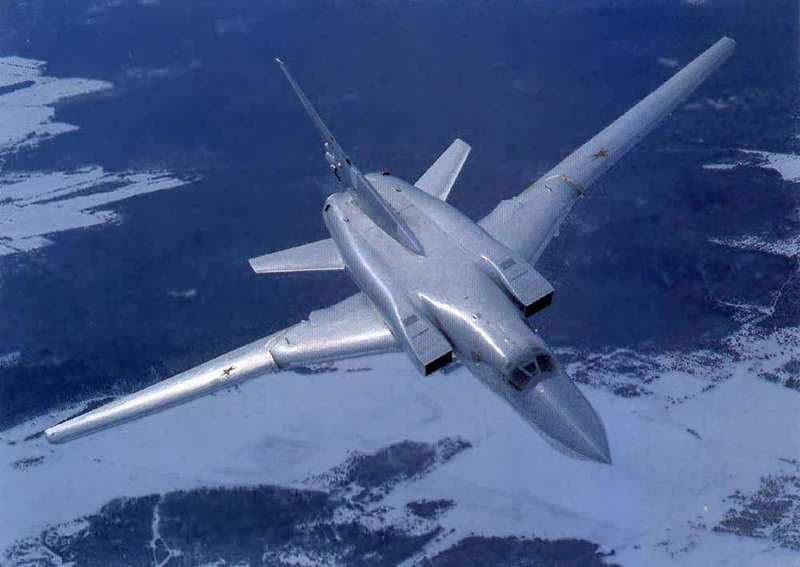This Date in Naval Aviation History – USS Hornet (CV 8) Commissioned
20 October 1941:Â USS Hornet {CV 8} is put in commission at Norfolk, CAPT Marc Mitscher, USN commanding.
 Laid down 25 Sept 1939 and launched in 14 Dec 1940, the USS Hornet, seventh ship in the Navy to bear that name, was built by Newport News Shipbuilding at a cost of $32M. At her launching, Secretary of the Navy Knox remarked that “Today we are present at the rebirth of a great name in the history of the Navy.”
Laid down 25 Sept 1939 and launched in 14 Dec 1940, the USS Hornet, seventh ship in the Navy to bear that name, was built by Newport News Shipbuilding at a cost of $32M. At her launching, Secretary of the Navy Knox remarked that “Today we are present at the rebirth of a great name in the history of the Navy.”
The words were prophetic in the short, violent but remarkable life of USS Hornet (CV 8).
Following her commissioning she was joined with her main battery – Air Group 8, consisting of Fighting 8 (F4F Wildcat), Scouting and Bombing 8 (SBD Dauntless) and Torpedo 8 (TBD Devastator) and conducted workups off the East Coast before heading west for the Pacific in 1942. There she would make her mark.
First as the carrier that launched Doolittle’s raiders
Then at Midway, though more for the sacrifice of Torpedo 8:
And finally at the Battle of Santa Cruz where once again, the fate of the Allied effort hung on the thin thread of the few carriers, she would extract a measure of revenge before succumbing herself when her aircraft severely damaged Shokaku with a couple of direct hits by thousand-pounders delivered by Hornet Dauntlesses. But time had run out for Hornet @ 0910L, 26 October 1942 – one year and six days after her commissioning. Edward Stafford describes Hornet’s final fighting minutes in his book “The Big E”:
“But most of the bombers got through. Over George Murray’s task group the automatic weapons of the new antiaircraft cruisers and the five-inch guns of those and other ships poured tons of hot steel and high explosive into the sky. Many of the Japanese planes, still unmistakable with their obsolete fixed landing gear, suddenly caught fire in their dives and twisted out of control. Others, hit by the five-inch, disintegrated in a flash and ball of yellow flame and black smoke from which large and small pieces fell. But there were too many, and they dived in close and made ther drops courageously and well. The commanding officer of an enemy bombing squadron, already badly hit, drove through Hornet’s flight deck with two big bombs. Four more bombs and two torpedoes stopped her and a torpedo plane flew into her port bow.
At 1025, when Enterprise turned eastward into the wind to recover her search planes, the men topside could see Hornet off to the southwest dead in the water at the base of a slanting column of black smoke. Hornets four big bronze screws had made their last revolution, and the deck from which Colonel Doolittle’s B-25s had flown to Tokyo would rest that night on the dark mud of the abyss three miles below the Big E’s keel.”
Another carrier a building, the Kearsarge, CV 12, was renamed the Hornet in honor of CV 8 and her crew. The new Hornet carried on in the proud tradition of her predecessors, fighting her way through the signatory battles of the Pacific – from the Caroline Islands to the Philippine Sea, Okinawa and Formosa. And in February 1945, almost three years after her namesakes’ feat, she launched strikes into the heart of the Empire itself, the Tokyo plains.
For 16 continuous months she was in action in the forward areas of the Pacific combat zone, sometimes within 40 miles (60 km) of the Japanese home islands. Under air attack 59 times, she was never hit. Her aircraft destroyed 1410 Japanese aircraft; only USS Essex exceeded this record. Ten of her pilots attained “Ace in a Day” status; 30 of her 42 VF-2 Hellcat pilots were aces. In one day, her aircraft shot down 72 enemy aircraft, and in one month, they shot down 255 aircraft. Hornet supported nearly every Pacific amphibious landing after March 1944. Her air groups destroyed or damaged 1,269,710 tons of enemy shipping, and scored the critical first hits in sinking Yamato. Nature finally accomplished what the IJN couldn’t when a mighty typhoon collapsed 25 ft of her flight deck, forcing a return to the States for repair and like Enterprise, she missed the surrender in Tokyo Bay. Unlike Enterprise though, this Hornet wold continue through two more wars and earn a spot in history as the recovery carrier for the returning Apollo 11 astronauts.
Since her retirement in 1970, there hasn’t been another Hornet in commission.
Isn’t it about time for a new Hornet to ply the waves?












One Comment
Comments are closed.